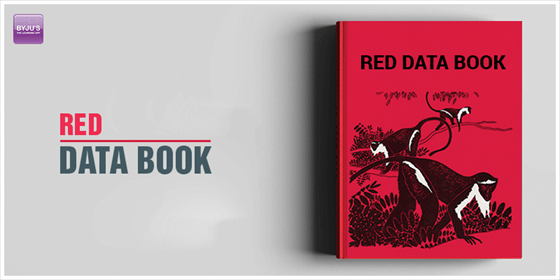Red Data Book also knows as Red Data is a state document for archiving rare and endangered species of plants, animals, and fungi. This book has been arrogated by Russia to validate the agreement on rare and endangered species protection.

History
It is originally known as the Red Data Book of Russia. This book is based on the research organized between 1961 and 1964 in Russia. Hence, also called the Red Data Book of Russia. This book accommodates the complete data of threatened species. The Red Data Book holds the color-coded information sheets, which are organized according to the vanishing risk of species. The main objective of this documentation is to deliver the complete information of the analysis and research of different species.
To represent the species that are confirmed the extinct black color is used.
• Amber represents those species whose status is vulnerable.
• Endangered species are represented by red.
• Rare species are represented by white color
• The species which are endangered but enough in numbers to recover are represented by green
• Grey color is assigned for the species which are classified as vulnerable, endangered, or rare species but the information is available to properly classified.
In the nutshells, the Red Data Book indexes species as Threatened, Not Threatened and Unknown. Further, this book also contains information about why a species has become extinct with the population tendency.
Advantages
Red data book helps a lot like
• Identifying all the birds, animals and species about their conservation status.
• For the evaluation of particular species population
• The data in the book can be utilized to evaluate the taxa at the global level.
• The risk estimation of globally extinct taxa can also be analyzed.
• The guideline provided for the implementation of proactive measures for endangered species.
Disadvantages
This book also contains some disadvantages like;
• The information in this book is incomplete. Many species information is not updated in this book.
• The source of the book data has been postulated.
• This book holds all information about plants, animals, and other species but it provides no information about the microbes.
Currently, the Red Data Book is maintained by the International Union for Conservation of Nature. It is the world’s most comprehensive inventory Centre of the global conversation status of biological species. In 1964 the International Union for Conservation of Nature was founded and aims to sustain the complete record of all the species that lived.